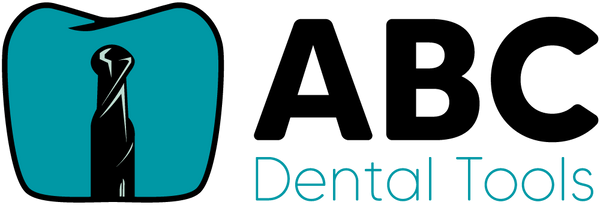The Versatility of Milling
Share
The Versatility of CAD/CAM Technology in Dentistry: What Dentists Can Mill
In recent years, digital dentistry has transformed how dental professionals deliver care, particularly with the rise of CAD/CAM (Computer-Aided Design/Computer-Aided Manufacturing) technology. This innovation has enabled dentists to mill precise, efficient, and high-quality dental restorations and appliances, right in their own offices. But just how versatile is CAD/CAM technology? Let's explore the various types of restorations, appliances, and products that can be created with this powerful tool.
- Crowns
One of the most common applications of CAD/CAM technology is the fabrication of crowns. Both full-contour and layered crowns can be designed and milled in a single visit. By eliminating the need for temporary crowns, CAD/CAM drastically reduces chair time for patients, providing faster, more convenient treatment.
- Materials: Porcelain, zirconia, hybrid ceramics, and lithium disilicate.
- Inlays and Onlays
For conservative restorations, inlays and onlays (partial crowns) are perfect candidates for CAD/CAM milling. These restorations offer precise fits and are ideal for preserving tooth structure while providing long-term durability.
- Materials: Ceramic, resin, and hybrid materials.
- Veneers
Cosmetic dentistry has been revolutionized by CAD/CAM technology. Dentists can now create custom veneers that match the patient's natural teeth in a single session. The digital design ensures a perfect fit and minimal adjustments during bonding.
- Materials: Lithium disilicate, feldspathic porcelain, and composite resin.
- Bridges
CAD/CAM allows dentists to fabricate bridges, whether they are single-unit or multi-unit. The precision of digital design ensures that each part of the bridge fits perfectly, reducing the chances of complications like misalignment or poor occlusion.
- Materials: Zirconia, metal-ceramic, or all-ceramic.
- Implant-Supported Restorations
For patients requiring dental implants, CAD/CAM technology can design implant abutments and the associated restorations. Whether it’s a crown, bridge, or even a full-arch restoration, the precision of CAD/CAM helps ensure excellent aesthetic and functional outcomes.
- Products: Custom abutments, implant-retained crowns, bridges, and overdentures.
- Orthodontic Appliances
Orthodontists and general dentists alike can benefit from CAD/CAM when creating aligners, retainers, and even components of traditional braces. Digital impressions ensure a precise fit, making orthodontic treatment more comfortable and effective.
- Products: Clear aligners, fixed retainers, space maintainers, and brackets.
- Dentures
Full or partial dentures can also be milled using CAD/CAM systems. While traditionally time-consuming, the digital workflow speeds up the process, resulting in a more predictable fit, improved esthetics, and greater patient satisfaction.
- Materials: Acrylic and composite-based materials.
- Night Guards and Splints
CAD/CAM technology allows for the accurate creation of night guards and occlusal splints, providing custom solutions for patients with bruxism or temporomandibular joint (TMJ) disorders. The precision of the digital scan ensures the appliances are comfortable and effective.
- Materials: Hard resin or a combination of hard/soft materials.
- Surgical Guides
Surgical guides for implant placement are another application of CAD/CAM technology. These guides are milled based on digital models and ensure precise, safe implant placement, reducing the risk of complications and enhancing surgical outcomes.
- Products: Custom surgical guides for implant surgery.
- Temporary Restorations
Temporary crowns, bridges, and onlays can be designed and milled with CAD/CAM for use during healing periods or while waiting for permanent restorations. These temporaries are fabricated quickly and can be tailored to the exact needs of the patient.
- Materials: PMMA (Polymethyl methacrylate) and other resin-based materials.
- Custom Trays
Impression trays that fit a patient's unique anatomy can also be milled using CAD/CAM technology. These trays provide a better fit than traditional, stock trays, leading to more accurate impressions and improved clinical results.
- Materials: Resin and plastic.
Benefits of CAD/CAM in Dentistry
- Precision: The accuracy of CAD/CAM reduces errors, resulting in better fits and fewer adjustments.
- Efficiency: Many restorations can be completed in a single visit, saving time for both dentist and patient.
- Customization: CAD/CAM allows for highly personalized restorations tailored to the specific needs of each patient.
- Consistency: The digital workflow ensures consistent results across all types of restorations and appliances.
Conclusion
The versatility of CAD/CAM technology in dentistry is undeniable. From crowns and veneers to orthodontic appliances and surgical guides, the range of products that can be milled is vast. This innovation not only enhances the accuracy and quality of dental care but also provides patients with a faster, more convenient experience. For dentists looking to adopt or expand their use of digital dentistry, CAD/CAM offers a powerful tool for delivering high-quality restorations and appliances with precision and efficiency.
